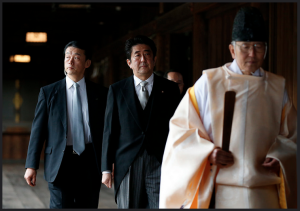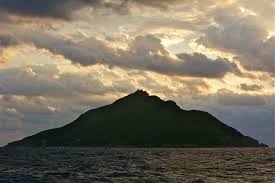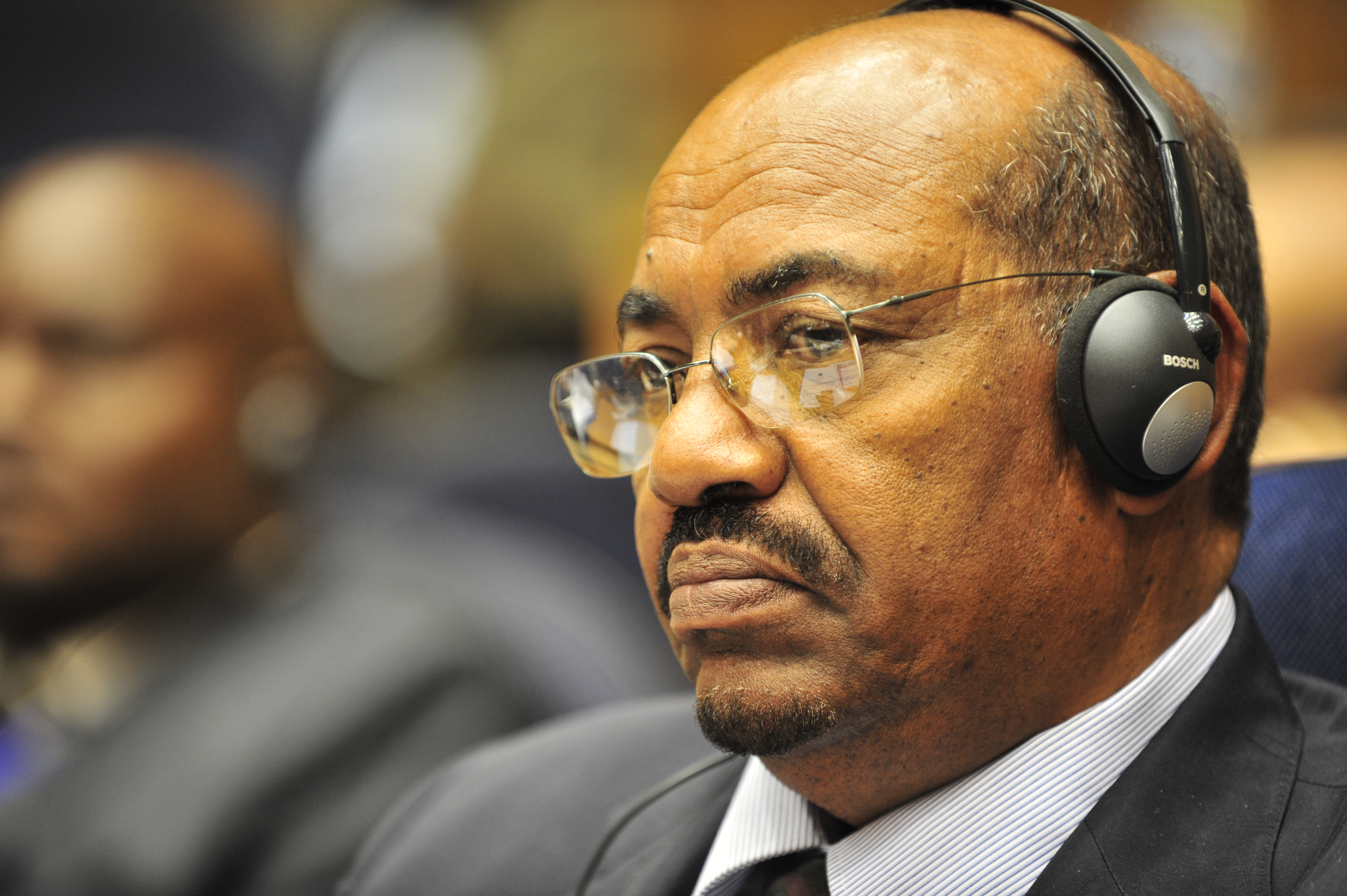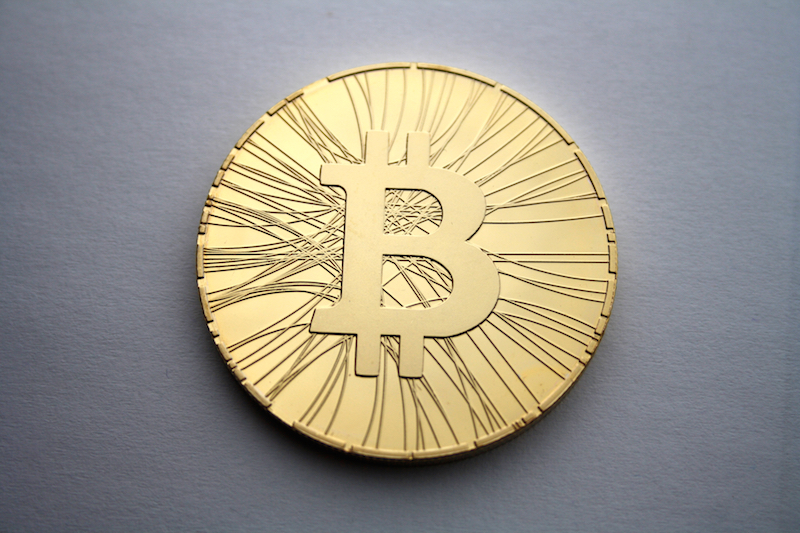The East China Sea dispute has seen relations between the People’s Republic of China and Japan decline to their most tense since relations were normalized in the 1970s. Over the course of the last two years, both sides have accused the other of destabilizing one of the most important economic relationships Asia.
The current poor state of relations can be traced to 2010, when the Japanese coastguard intercepted and arrested Chinese fisherman within Japan’s exclusive economic zone (EEZ) near the Senkaku/Diaoyu island chain. The arrest sparked a diplomatic rift and launched a wave of diplomatic and nationalistic protest across Mainland China, which via state media, portrayed Japan’s actions as seeking to humiliate China on the world stage.

The irony of this period was that the left-leaning Democratic Party of Japan (DPJ) governed Japan for the first time in its history. Having secured a general election victory in 2009, the DPJ sought better ties with China following Shinzo Abe’s first term 2006-2007 and Junichiro Koizumi’s premiership 2001-2006. Both of whom had antagonized Beijing. In Abe’s case, seeking to revise Japan’s pacifist constitution and in Koizumi’s case, repeated visits to the Yasukuni Shrine, housing Class A war criminals.
Ties briefly picked up following the 2011 Tohoku earthquake and tsunami in which China flew to Japan dozens of air-sea rescue teams and disaster aid as well as expressions of condolence from the wider Chinese public. However, the decision by the DPJ government in 2012 to nationalize the Senkaku/Diaoyo islands collapsed relations between the two. Recently, diplomatic signals however indicate a thaw in relations.
Improving ties between Tokyo and Beijing?
With international attention focused on the tensions in the South China Sea and efforts by China to reclaim submerged atolls in the region, the flash point in the Asia Pacific, namely the East China Sea, has been subdued when compared to the previous three years. For example, in 2013, Chinese fire control radars were being targeted on Japanese naval vessels. By 2014, Japan was scrambling aircraft to intercept Russian and Chinese aircraft at levels not seen since the height of the Cold War in the 1980s. Popular commentary in the United States, a treaty ally of Japan, even speculated that the dispute could lead to an East Asian war.
The breakthrough in ties appears to have been made at the 2014 Asia-Pacific Economic Cooperation (APEC) Summit, where Shinzo Abe and Xi Jinping exchanged handshakes and were seen be in discussion on the fringe of the meeting held in Beijing. This meeting between the two heads of state led to the signing of a 4 Point Consensus, which appears to finally be bearing fruit. The key point of interest within the agreement was that China and Japan recognized that both sides had different interpretations of the Senkaku/Diaoyo dispute. A small but in this context vital point as respective governments in Tokyo, both Shinzo Abe’s Liberal Democratic Party (LDP) and the DJP government prior, had refused to accept any dispute exists in the East China Sea. Thus Beijing extricated a minor concession but enough for Japan not to loose face internationally.
In July 2015, the two architects of the Four Point Plan, Yang Jiechi of Japan’s National Security Council (NSC) and State Councillor Shotaro Yachi met in Beijing. Representing a breakthrough in high-level political dialogue between these two actors as it was China who initiated the summit. Xinhua and other state outlets known for their bellicosity towards Japan in the past, termed the meeting “visibly productive”. There are hopes that this will lay the groundwork for an eventual Abe-Xi state visit, which would be a huge boost for Sino-Japanese relations given that in over two years the leaders have only met twice, in brief exchanges on the fringes of multilateral summits.
Another sign is the increased number of Chinese tourists crossing the Sea of Japan. Japan is currently experiencing something of a Chinese tourist boom. Prime Minister Shinzo Abe, whose policies have helped weaken the Yen by more than 30% against the dollar in order to stimulate exports has had unintended consequence. The number of foreign visitors during the first six months climbed 46% to more than 9 million, led by Chinese arrivals, which doubled to more than 2 million in 2014, according to Japan National Tourism Organization.
Tensions over intentions remain
In spite of the recent signals of improving ties, structural tensions remain, largely owing to domestic perceptions of each other’s strategic intentions. On July 16th, the Japanese Diet approved a new collective self-defence bill being pushed through at great political cost by Shinzo Abe. The bill, which is not yet law, would allow the deployment of the Japanese Self-Defence Forces (JSDF) beyond the home islands in the event of an attack on a key ally, such as the United States. The vote itself produced pandemonium in the chamber as opposition MPs walked out while protestors accused Shinzo Abe of being comparable to wartime leader Adolf Hitler. This is an accusation more commonly heard in China than in domestic Japanese discourse.
In China however, this opposition was overlooked as state-run media portrayed the vote as a signal that Tokyo was rearming for war, in a situation comparable to the 1930s. Within Mainland China’s popular opinion, Japan’s decision to reinterpret Article 9 of the constitution provokes anger, encouraged by the Chinese Communist Party. Due to the very real emotions provoked by the legacy of the 1937 invasion and by prime ministerial visits to the Yasukuni Shrine. Further to this point, the right-wing nationalism embodied by Shinzo Abe is anathema to the Chinese policy makers and public alike with Abe making little effort to convince Beijing his defence reforms aren’t targeted at China’s rise.
Meanwhile in Japan, questions continued to be asked regarding China’s intentions in the South China Sea. As of mid-2014, China has embarked on a massive program of land reclamation in the region, turning submerged coral atolls into functioning air bases and naval stations for the People’s Liberation Army. The head of the Self-Defence Force Katsutoshi Kawano, speaking in Washington again floated the possibility of Japan conducting patrols in the region with the United States to balance Chinese moves.
Japan, alongside other Asian littoral states have viewed developments in the South China Sea nervously as Chinese regional strength is increasingly flexed at sea, while Chinese nationalist sentiment is tolerated by the CCP domestically. In the face of this challenge Japan under Abe has increasingly looked to South East Asia, seeking closer trade and investment ties with states such as Laos and Cambodia, challenging China’s economic primacy in a region it considers it’s backyard.
In the face of thawing ties between Beijing and Tokyo, underlying tensions remains




